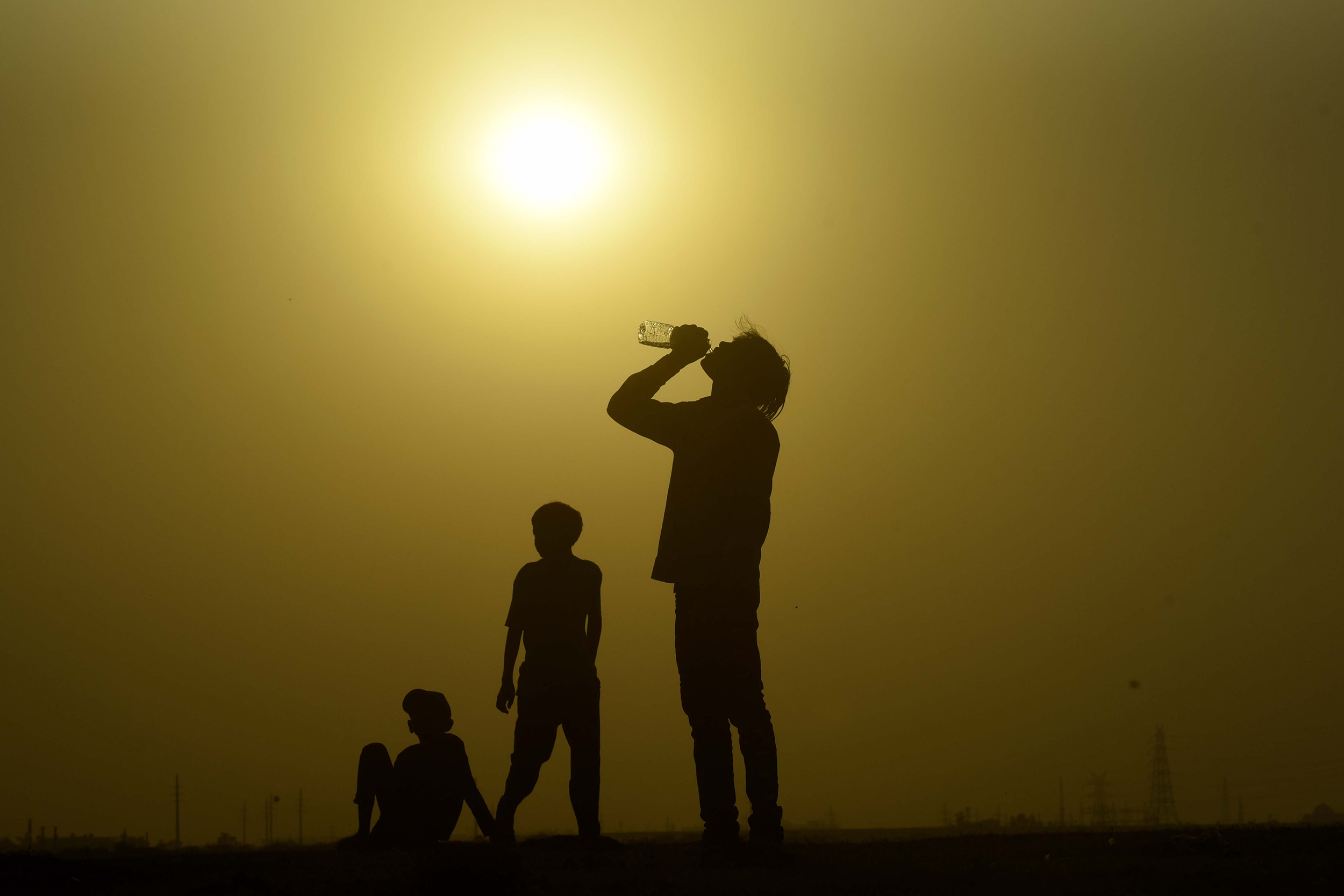Building heat protection in India
.webp)
Number of slums in Gujarat
2,058

Average summer temperatures
38
C

Annual official heat related deaths
350


Background
India faces an unrelenting heatwave that affects more than one billion people annually. In some areas, temperatures have reached up to 120ºF (49ºC) during the heatwave season. Typically, the hottest days of the year occur in late spring before the monsoon rains bring relief in June. However, this year, the heat has been much more intense since early March, which has been attributed to climate change. This extreme weather condition poses a significant threat to millions of people, especially in rural and impoverished areas with limited access to cooling. The rising temperatures also have a substantial impact on agriculture, which affects food security worldwide.
While affluent individuals have the luxury of air conditioning in their homes and offices, millions of others lack the means to cool their properties, which puts them at risk of heat exhaustion, dehydration, and other heat-related illnesses


Heat Waves
Low-income communities often need more options for adapting to extreme heat. Residents in these areas often need more control over their living and working environments, which makes it difficult to access reliable electricity and cooling. Consequently, many individuals in these communities are forced to deal with extreme heat without the necessary resources or support.
A significant issue in these areas is the construction of homes made from heat-trapping materials like tin or tarp roofs. These materials can make it nearly impossible for residents to regulate their indoor temperatures, leaving them vulnerable to the dangers of extreme heat. Additionally, many of these communities lack trees and shade, which can further exacerbate the problem by increasing exposure to direct sunlight.
Overall, it is clear that low-income communities face significant challenges when adapting to extreme heat. While there is no easy solution to this complex problem, it is important to continue exploring ways to provide these communities with the support and resources they need to stay safe and healthy.
Pune
Approximately one-fourth of the population in Pune, India, live in slum areas. Due to limited resources and opportunities, the nearly one million individuals residing in low-income communities face significant challenges in coping with the rising temperatures, which increases their vulnerability to heat-related illnesses and worsens the negative impacts of extreme heat. This situation highlights the urgent need for effective measures and interventions to mitigate the adverse effects of heat stress on the most vulnerable members of society.


Living in Heat
Excessive heat is not just a minor issue; it can be perilous. India has almost 500 million people residing in quickly developing cities that convert open areas into paved surfaces and heat-trapping structures. This fuels deadly heat waves in many Indian states, which will only worsen due to climate change.
To tackle this issue, initiatives such as heat action plans and community outreach have effectively promoted heat resilience by reducing exposure to extreme heat. Additionally, simple solutions like cool roofs and building design adaptations can help combat increasing temperatures in urban areas.
Community outreach
MEER will embark on a new project introducing solar reflectors to underprivileged areas in Pune. We will work with community organizations within the city to build adaptations for family homes where women work from home. The community groups and housing associations we will work with seek to upgrade and redevelop these slums and provide women with property rights to improve their resilience. Providing habitable housing in this region is crucial since many women work from home, and the excessive heat can result in economic disadvantages.
This new initiative by MEER is specifically designed to combat the extreme heat in Pune and contribute to creating a more climate-resilient community. We hope that it will be immensely beneficial to local residents and go some way in enhancing people's lives in these areas.





















.webp)